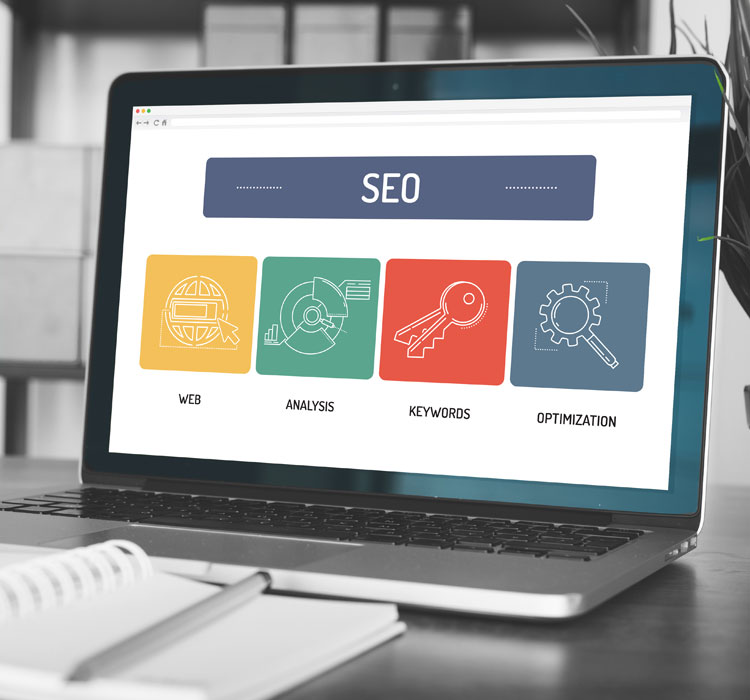SEO, local SEO, global SEO, search engine optimization, local search results, international search results
Introduction:
In today’s digital age, having a strong online presence is crucial for businesses to succeed. Search engine optimization (SEO) plays a vital role in ensuring that your website ranks high in search engine results and attracts the right audience. However, when it comes to SEO strategies, it is important to consider both local and global aspects.
Local SEO focuses on optimizing your website for specific geographical areas or regions. It aims to improve your visibility in local search results and attract customers who are searching for products or services within a specific location. This is especially important for businesses that have physical stores or provide services locally.


On the other hand, global SEO focuses on reaching a broader audience beyond specific locations. It involves optimizing your website to rank well in international search results and target users from different countries or regions. Global SEO allows businesses to expand their reach and tap into new markets around the world.
Both local and global SEO strategies are essential for businesses looking to maximize their online visibility and attract relevant traffic. By implementing effective SEO techniques tailored to each aspect, businesses can increase their chances of ranking higher in search engine results pages (SERPs) and ultimately drive more organic traffic to their websites.
In the following sections, we will explore the key differences between local and global SEO approaches and discuss best practices for optimizing your website for both aspects. Whether you are targeting customers locally or expanding globally, understanding how to leverage these strategies will help you stay ahead of the competition in today’s highly competitive digital landscape.









